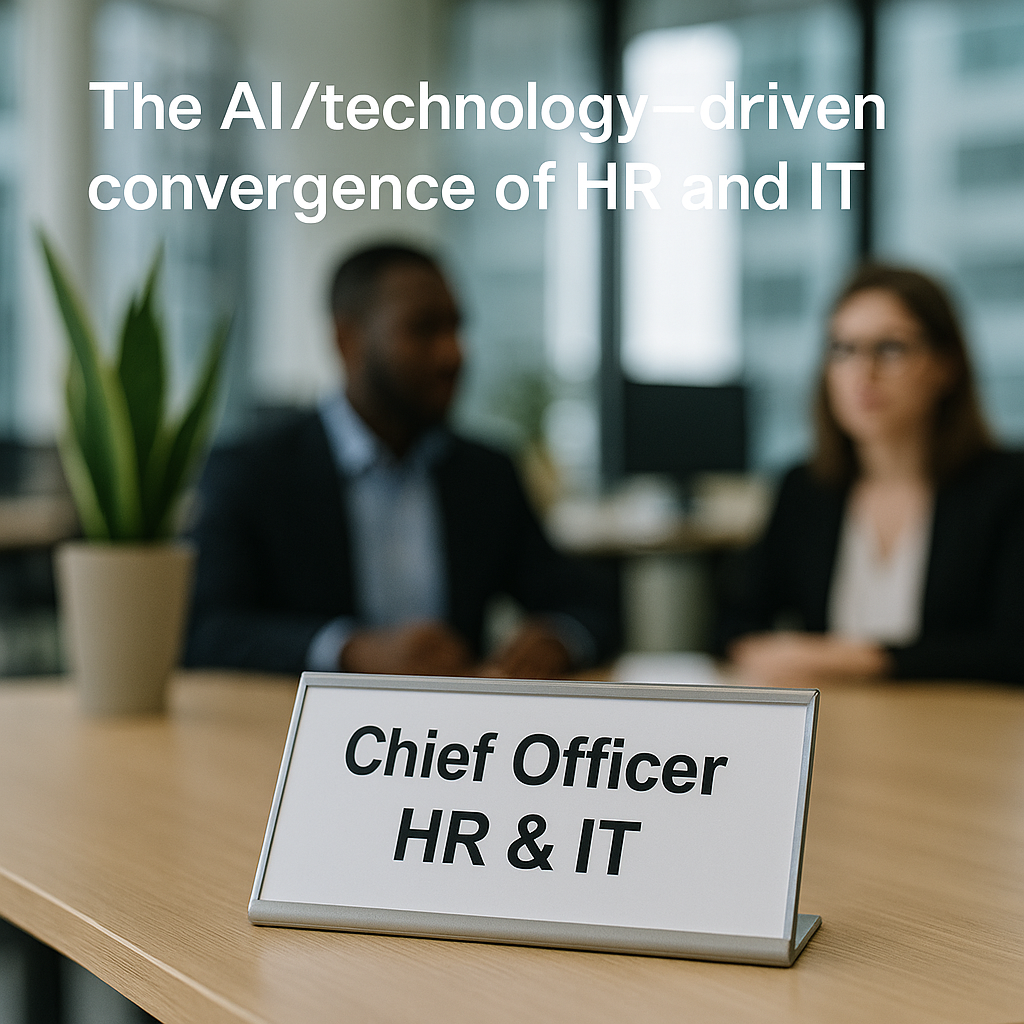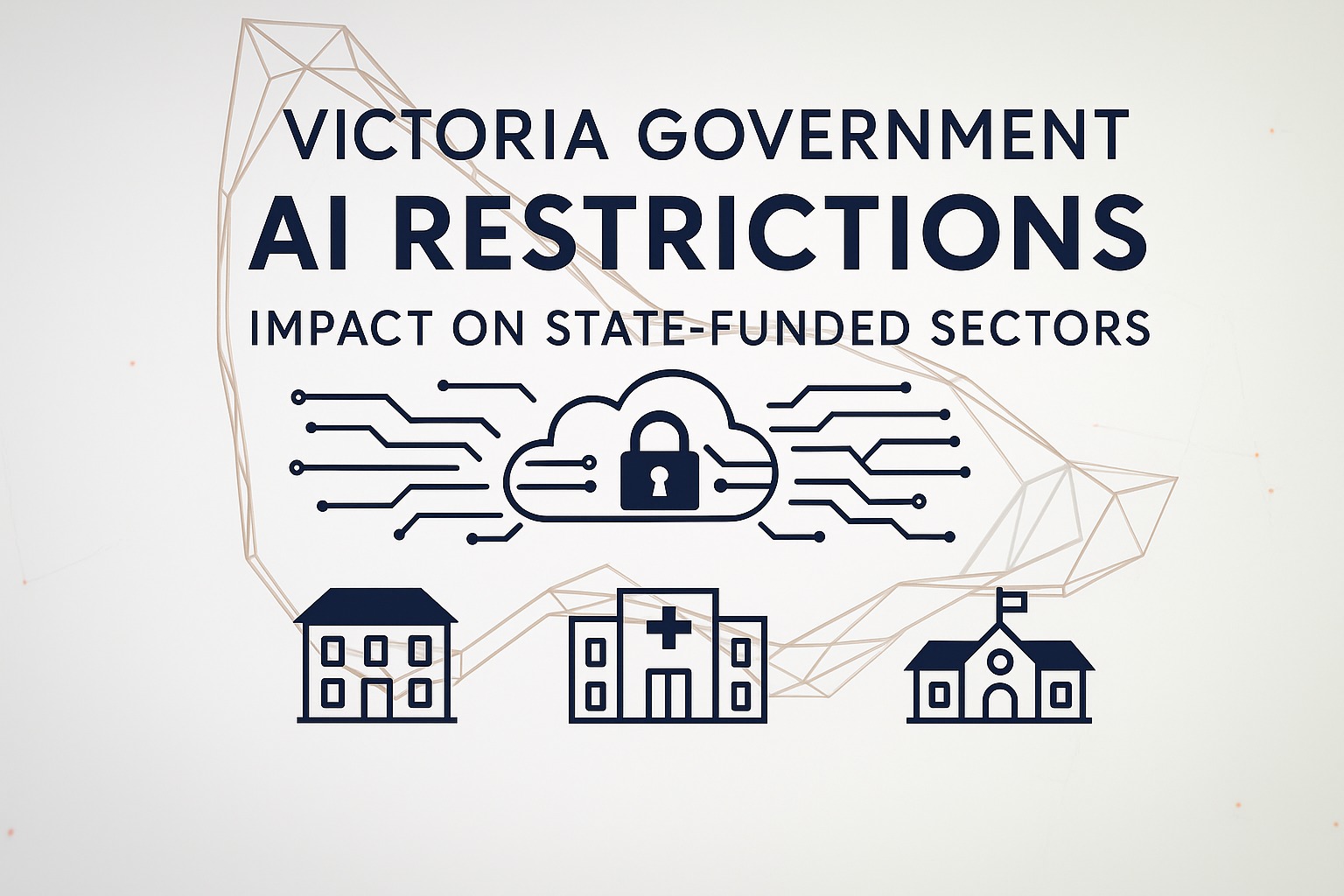Recently, we spoke to a Community Housing Provider (CHP) regarding the challenges with property maintenance.
“Please attend and repair the bedroom door. Bedroom door has a hole in it”, was the call the CHP received. This job request was forwarded from the customer service representatives (CSRs) to the technicians of a major tier 1 community housing provider in Australia, which manages over 8,000 properties.
95% of the calls they receive are property maintenance requests, and from those calls, they are trying to determine:
- The risk the damage may pose to the tenants
- The priority of the repair: today or next week?
- The materials required for the repair
- Who was responsible for the damage – standard wear and tear or caused by the tenants
- What skill set is required by the technician to complete the job
The accuracy of the information collected by the CSRs can greatly impact the cost and tenant satisfaction of the repair and resolution.
The challenge with just voice communication
Tenants who call up are usually frustrated that they have waited on hold, have a repair that requires attention, and just want to get off the phone and get on with their day. As a result, they are more likely to not be willing to patiently articulate the necessary details you require to make an accurate assessment.
Empower contact centre agents with remote visual guidance for rapid, transparent and accurate intelligence
In the community housing industry in Australia, efficiency and effectiveness in property maintenance aren’t just operational goals—they’re critical to tenant satisfaction and financial sustainability. The traditional maintenance model, relying on voice-based assessments from your contact centre agents, is often full of gaps in the right information. But by empowering your agents with a tactical remote visual support tool, you can change this and redefine maintenance processes, enhance tenant experience, and optimise the deployment of technicians.
Understanding maintenance requests with unprecedented clarity – how it works
When a customer agent receives a call, they can initiate a “see what I see” remote live visual session by sending an SMS to the tenant’s phone. With the trained guidance of the agent, the tenant clicks on the Without any downloads, the tenant can now show the required repairs, and the CSR can capture images for the technician and much more accurately assess the requirement.
Common costs and problems if you collect the wrong information
Misinterpretation of the requirement(s) commonly lead to:
- Unnecessary dispatches that could be resolved by the agent or an expert
- Unprepared technician dispatches,
- Additional costs from lack of materials
- Low first-time fix rates, high repeat visits
- Wrong priority allocation
- Misunderstanding of risk and cause.
Boosting technician effectiveness with on-demand expertise – double-check!
The effectiveness of maintenance staff is pivotal to operational success. Remote visual guidance technology allows the customer service officer to provide detailed visual information to the technician from the initial call. If necessary, the agent can bring a technician or expert into the call to help diagnose the repair. The technician can also engage in an additional remote visual session with the tenant if they need to confirm requirements before going to the property.
Technicians can be remotely guided if they are stuck
Remotely based senior technicians can guide on-site technicians who are stuck or need clarification in real time, offering step-by-step instructions, pointing out specifics via augmented reality markers, and ensuring that repairs are executed correctly and efficiently. This not only elevates the quality of repairs but also serves as a powerful tool for in-field training and increases first-time fix rates.
Elevating tenant satisfaction through speed and transparency
For tenants, the speed of response and clarity in the maintenance communication process greatly contribute to a positive tenant experience. Remote visual guidance accelerates the resolution of maintenance requests by eliminating guesswork and increasing first-time fixes. Use cases and evidence have shown that tenants appreciate the direct involvement in the diagnostic process and the ability to confirm that their concerns are understood visually.
Operational efficiency: integrate into your CRM
Streamline your operations by enabling a CSR to initiate a live session from your CRM and bring in the visual data you capture from the call back against the tenant/property record. Hashtag the photos you capture to build up information about the asset and the tenant.
Capture valuable data for cyclical maintenance planning
One of the biggest challenges for community housing providers is capturing accurate data on cyclical repairs. In addition to the valuable visual data being gathered and automatically archived against the asset, technicians on-site can be incentivised to do on-site assessments with remote support. This information can be invaluable when determining budgets for the hundreds of properties CHPs need to manage in the coming years.
Self-service: empower tenants to submit rich visual intelligence without making a phone call
Self-service visual submissions allow tenants to initiate a flow from their phones where they can provide the information and photos a CHP needs to assess a maintenance request accurately. These sessions can be initiated in a number of ways: from a QR code – that they may have on a magnet stuck on their refrigerator, from a text they receive generated from a CHP-provided app, or from a web portal.
They can also receive a self-service link while on hold to request property maintenance. Through the community housing provider’s phone system’s IVR, tenants may be able to opt into an option to receive a link and go through your tailored self-service process without losing a place in the queue. When the CSR answers the phone, they have the information available, making for a much more informed and shorter phone call.
Remote visual support and self-service technologies are relatively easy to implement and have proven to be cost-effective compared to the costs of truck and technician deployment based on the information you gather from a simple phone call. Remote visual support platforms can provide a commercial-grade environment to fundamentally change the nature and quality of conversations.
Summary
Remote visual support and self-service technologies are relatively easy to implement and have proven to be cost-effective compared to the costs of truck and technician deployment based on the information you gather from a simple phone call. Remote visual support platforms can provide a commercial-grade environment to fundamentally change the nature and quality of conversations.





